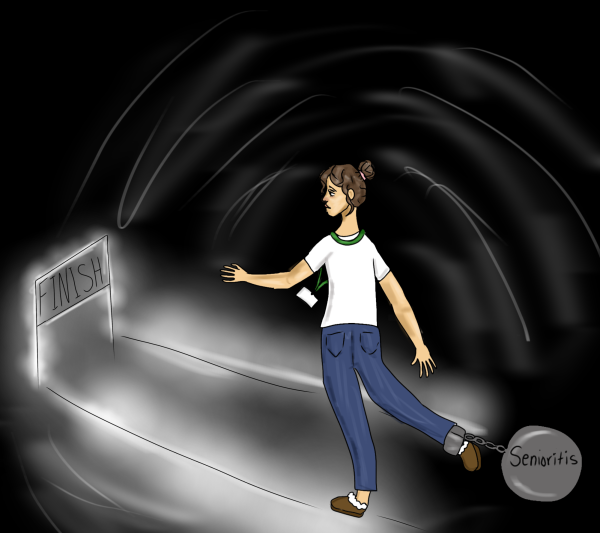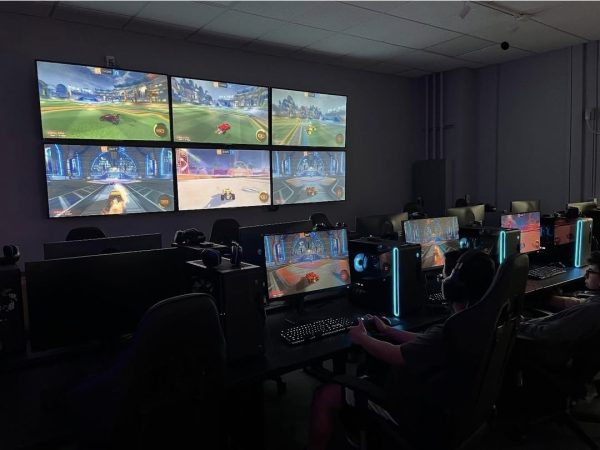Social Media’s Impact on Eating Disorders
Think of the first word that comes to mind on this topic: eating disorders. You are probably are thinking of self-starvation, extreme hunger, or anorexia. While all of these are very serious conditions that are certainly considered disordered eating, eating disorders come in many ways, shapes, and forms. In the dictionary, an eating disorder is defined as “a range of psychological disorders characterized by abnormal or disturbed eating habits.” There is not one indication of thinness or starvation in that definition. So, back to the anorexia aspect. While anorexia is considered an eating disorder, it is typically very stereotypical and is not always portrayed correctly, especially on social media platforms. Not only this, but the entire aspect of influencers, models, diet culture, and the “hourglass” figure is exactly what is causing 35% of adolescents to develop disordered eating habits. Social media and influencers are not held accountable enough for the increase in eating disorders, disordered eating, and body dysmorphia.
There is most certainly a correlation between the spike of both eating disorders and problematic cell phone use. Problematic cell phone use is when one is not able to limit their cell phone usage, despite the negative effects it is causing. As the average screen time of a teen is rapidly increasing, so is problematic cell phone use and, therefore, so are eating disorders. There is another aspect that can also be added to this correlation: COVID-19. During the 2020 lockdown, there was not much else to do besides scroll through TikTok and social media all day long, which caused a huge increase in both problematic cell phone use and eating disorders. During the lockdown, social media also introduced many additional eating disorder triggers, especially the many memes and trends that were going around about weight gain due to being locked inside all day. “Their disorder is their go-to during times of stress,” says Meghan Freeman, who is a licensed social worker from Williamsburg Virginia. These triggers, plus the fact that gyms were closed and sports were cancelled, caused a huge spike in eating disorder cases during and after COVID-19. Other trends, such as the Chloe Ting workouts encouraged young girls and teens to lose weight, when really the opposite is needed during these essential years of growth. Although lockdown has been over for almost two years now, eating disorders require long and hard treatment, and there is no true “cure.” Imagine that voice inside your head all day shaming your body and constantly screaming at you for eating. Just like drug addiction or alcoholism, the voice may be quieted, but it never truly goes away.
To add on to the issue of memes and trends, eating disorders are a growing topic of interest on social media platforms. Although awareness for them is increasing due to this, there is still this very stereotypical conception of anorexia being the only or most serious type of eating disorder, which is not necessarily always the case. Other eating disorders, such as bulimia and binge eating disorders, are often overlooked and can go undiagnosed because of this stereotype. The stereotypes are that people with eating disorders only eat salad and rice cakes, that eating disorders are only found in women, and that people with eating disorders are extremely underweight. Where are these stereotypes found? On TikTok, Instagram, or any social media platform that allows people to share controversial thoughts. The fact that these serious eating disorders are continuing to go undiagnosed because of social media can cause serious problems and a dangerous surge in eating disorder cases, whether or not they are diagnosed. It is just not understood that people who are at a healthy weight can also suffer from an eating disorder. One of every ten people has a binge-eating disorder, which, when you think about it, is a huge amount. That means that on average, 100 people from one high school suffer from this type of eating disorder. Additionally, a majority of men with eating disorders go undiagnosed because of the misconception that only girls and women can develop an eating disorder. This idea of social media influencing eating disorders brings us to the next topic: fashion and influencers.
We all spend hours a day on social media; we all look at influencers and even sometimes see them as role models. Social media sites and platforms encourage thinness and focus on appearance, which can increase anxiety about having the “ideal body.” The constant flow of pictures showing famous influencers and their so-called perfect bodies makes people, especially teens, feel very unattractive, and can cause them to go to extremes to try to be like them. The same is true in the fashion industry. Very slim models have always been the norm, and there have been a countless models diagnosed with anorexia or bulimia. A study conducted by the University of Minnesota in 2007 found a relationship between eating disorders and magazine articles about dieting. Girls who frequently read these articles were three times more likely to develop disordered eating behaviors. While this is all true, eating disorders were first recorded in the 17th century, so obviously other factors can cause them besides social media. A common cause is family history, as they can be inherited. Extreme stress has also been found to cause many eating disorders. They may also be caused by trying to get into shape for a certain sport, common ones are gymnastics and track. Although these may be the causes for some eating disorders, the National Eating Disorder Foundation (NEDA) found that anorexia has been increasing over the last 50 years in females aged 15 to 24. What might be the cause for young girls to develop these eating disorders? You guessed it, social media and the rise in wellness and diet culture.
Eating disorders are deadly, and cases are rapidly increasing because of social media. Whether it is normalizing them, stereotyping them, or encouraging them, it cannot be denied that social media is a trigger for someone who struggles with his/her body image or self-esteem. Social media and its influencers need to be blamed for not taking this topic seriously. So now, think again about the first word that comes to mind on the topic of eating disorders.

My name is Emily Franklin, and I am a member of the Class of 2025 and an editor for Horizon. I am part of the Key Club, Birthday Wishes Club, and Mathletes....








































